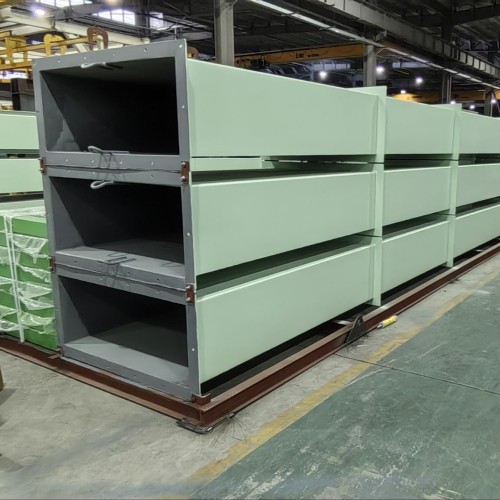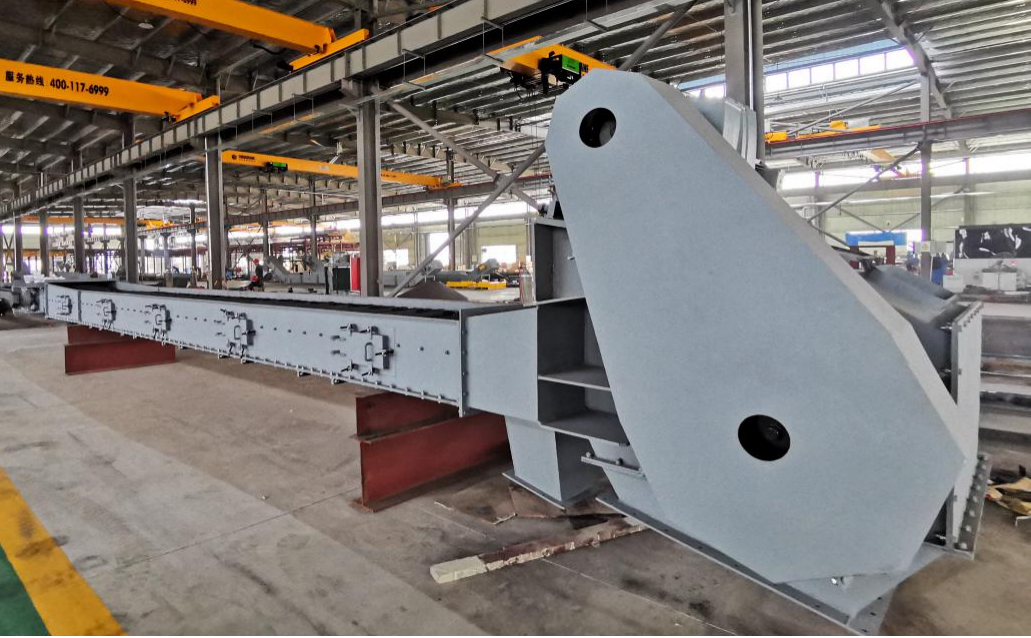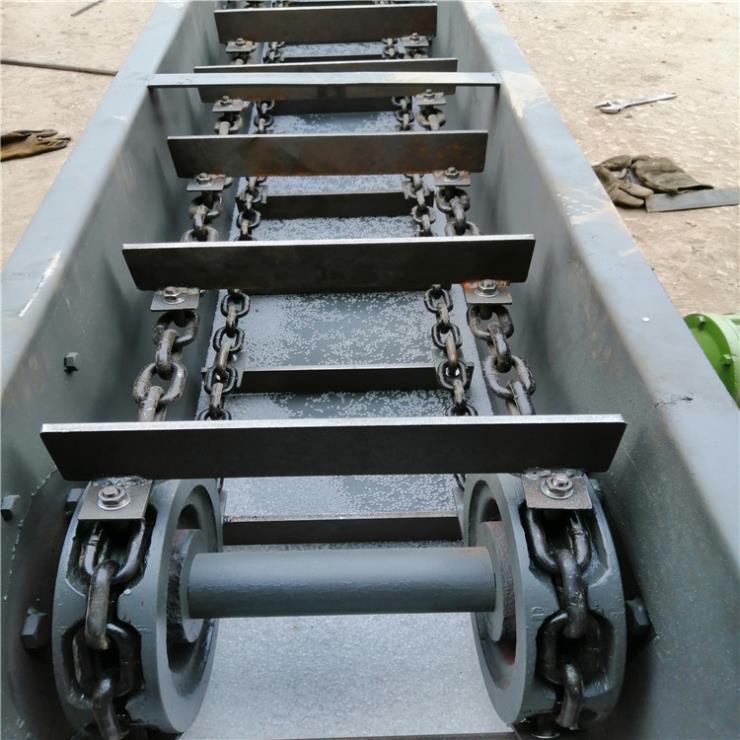
Sand Handling System and Storage System Provider
Sand Handling and Storage System Solutions
Efficient sand handling and storage systems are essential across various industries, including foundries, glass manufacturing, construction, and energy production. These systems ensure smooth material flow, proper storage, and safe transport of sand, while minimizing spillage, dust, and downtime.
Key Components of Sand Handling Systems
- Sand Storage Systems:
- Silos:
- Vertical storage silos made of steel or concrete with moisture-proof construction to protect sand from environmental exposure.
- Equipped with aeration systems to prevent bridging and ensure consistent discharge.
- Hoppers:
- Designed for short-term storage or feeding processes.
- Often integrated with vibratory dischargers to maintain material flow.
- Silos:
- Conveying Systems:
- Screw Conveyors:
- Ideal for short-distance, horizontal or inclined transport of sand in enclosed environments.
- Belt Conveyors:
- Effective for moving large volumes of sand over long distances with minimal power consumption.
- Bucket Elevators:
- Efficient for vertical sand transport, especially when space is limited.
- Pneumatic Conveyors:
- Suitable for dust-free, enclosed transport of sand over medium-to-long distances.
- Screw Conveyors:
- Screening and Processing Equipment:
- Sand Classifiers:
- Separate sand particles by size to ensure consistent quality for downstream applications.
- Vibrating Screens:
- Remove impurities and oversized particles to improve sand quality.
- De-watering Systems:
- Remove moisture from sand, preparing it for use or storage.
- Sand Classifiers:
- Dust Collection Systems:
- Cyclone Separators:
- Capture and separate sand particles from the air, minimizing dust emissions.
- Baghouse Filters:
- Provide efficient dust filtration for sand-handling processes to ensure environmental compliance.
- Cyclone Separators:
- Automation and Control:
- Modern sand-handling systems are equipped with sensors, programmable logic controllers (PLCs), and monitoring systems for real-time operational insights and efficiency optimization.
Applications of Sand Handling and Storage Systems
- Foundries:
- Sand is a critical component in mold-making processes.
- Systems ensure uniform sand quality and delivery to molding areas.
- Glass Manufacturing:
- High-purity silica sand is handled for glass production.
- Systems maintain consistency in particle size and purity while minimizing contamination.
- Construction:
- Sand is used in concrete production, brick manufacturing, and mortar preparation.
- Efficient systems ensure consistent material flow and prevent delays in production.
- Energy Industry:
- Sand is used in hydraulic fracturing (fracking) and boiler operations.
- Systems ensure safe and efficient transport of proppant sand to fracking sites or boilers.
- Industrial Sand Processing:
- Sand is screened, washed, and stored for specialized applications, such as water filtration or ceramics.
Key Features of Modern Sand Handling Systems
- Durability and Reliability:
- Constructed with wear-resistant materials to handle the abrasive nature of sand.
- Designed to withstand harsh environmental conditions.
- Dust-Free Operation:
- Enclosed systems and dust collectors ensure clean, environmentally compliant operations.
- Efficient Material Flow:
- Vibratory feeders, aeration pads, and agitation systems prevent bridging and clogging.
- Customizability:
- Systems can be designed to fit specific operational requirements, including space constraints, material properties, and throughput capacity.
- Energy Efficiency:
- Optimized designs minimize power consumption, reducing operational costs.
- Low Maintenance:
- Components like abrasion-resistant liners and self-cleaning mechanisms reduce wear and maintenance downtime.
Challenges in Sand Handling and How to Address Them
- Dust Generation:
- Challenge: Sand can generate significant amounts of dust during transport and storage.
- Solution: Install enclosed conveyors, dust collectors, and proper sealing systems at transfer points.
- Bridging and Clogging:
- Challenge: Sand’s granular nature can cause flow disruptions in hoppers and silos.
- Solution: Use aeration pads, vibratory feeders, or agitators to ensure consistent material flow.
- Abrasion and Wear:
- Challenge: Sand is abrasive and can wear down equipment over time.
- Solution: Use wear-resistant materials like hardened steel or ceramic liners in contact points.
- Moisture Sensitivity:
- Challenge: Wet sand can cake or clump, causing handling issues.
- Solution: Implement drying systems or design storage solutions to minimize moisture exposure.
Advantages of Partnering with a Sand Handling System Provider
- Customized Solutions:
- Tailored designs to fit your specific needs, ensuring maximum efficiency and cost-effectiveness.
- Expertise Across Industries:
- Solutions for diverse industries, from foundries to construction and energy production.
- Turnkey Systems:
- Complete systems from design to installation, including storage silos, conveyors, screening equipment, and dust control.
- Ongoing Support:
- Maintenance services, equipment upgrades, and spare parts to keep operations running smoothly.
- Sustainability and Compliance:
- Systems designed to minimize environmental impact and meet industry regulations.
Conclusion
Sand handling and storage systems play a critical role in industries where consistent material quality and efficient transport are paramount. Whether you need a small-scale solution or a large-capacity system, a reliable provider can design, install, and support a system tailored to your operational needs.
Would you like assistance with selecting or designing a sand-handling system for your specific application?
Lime Handling and Storage
The high-temperature ash discharged from the furnace is firstly broken into small pieces by the roller-type slag breaker to facilitate cooling and transportation.
After the crushing of the ash and slag into the water-cooled screw slag extractor and between the screw blade and the outer cylinder cooling heat transfer back out.
If necessary, air lock (star ash discharge valve) can be provided at the outlet of the slag cooler.
Ash inlet temperature is less than 900 ℃, clinker size less than 100 mm, the transmission distance is 4 to 7 m, the level of the installation
Advantages
1. Facilitate the comprehensive utilization of slag.
2. Reasonable structure design, reliable operation, safe operation and good sealing performance.
3. Good load adaptability and remote control
Scraper slag remover
1. The cast stone slab is placed at the bottom of the base groove, which can effectively improve the wear resistance of the material and prolong the service life of the base groove.
2. The scraper material of the double-chain scraper is cast steel, the transmission chain is 25MNV high-strength material for mining, and the structure is double-row ring welding. In the process of transporting ash, the tightness of the chain can be automatically adjusted by the device at the front of the device.
3. The double-chain slag removing machine can reduce the labor intensity of the furnace workers, improve the working conditions of the boiler room, and ensure the boiler production efficiency to the greatest extent.
4. Compared with other closed type slag removing machines, the double-chain type is an open design, which can ensure that all ash can be discharged to the outside of the boiler.
5. The scraper support is a cast stone rail support method, which avoids various problems of supporting by the rollers, and can effectively reduce the maintenance cost of the equipment.
6. It is suitable for the slag removal of single-drum boilers with all slag outlets arranged at the rear and lower parts of the boiler.
7. The chain is automatically tensioned by manual or machine. The double overload protection system of the motor can ensure that the chain is not dragged, not stacked, and the ash is transported smoothly, meeting the requirements of industrial boilers and heating boilers.
Boiler removal scraper type
TYPE (Length <8M Slag 0.6-2.3T/H)
For boiler 2ton/h~25ton/h





